Sound
Where Flares Pro can get bright, Gold is mature, smooth, and warm-ish. Neither one will totally isolate out the world around you, but both seal well, isolate well above average, and stay put. They allow music to come through clear even when on grinding North American trains. They muffle loud Asian Starbucks venues, and bleed very little sound out, making them good companions for an on-the-back sleeper.
Flares Gold is just as good as Flares Pro at eliminating unwanted hiss and other noise from lousy audio circuits. For instance, the iPod 5G (circa 2005), which kicks up a veritable typhoon of hiss and electronic noise from Campfire’s Andromeda, is nearly silent through Flares Gold. Yes, you have to pump up the jam a little. But even a non-audiophile player from 2005 gets loud enough to really crank music from Gold. For your reference, I listen to an iPod 5G no louder than 1/4 volume when its output is a sensitive earphone. Switching to Flares Gold, I up that volume to between 1/3 and 1/2. Loud-volume listeners will be able to get a clean signal from that player all the way up to 4/5 and a bit beyond before IMD sizzles too much of the signal. In my opinion, portable earphones should be designed to eliminate as much hiss as possible.
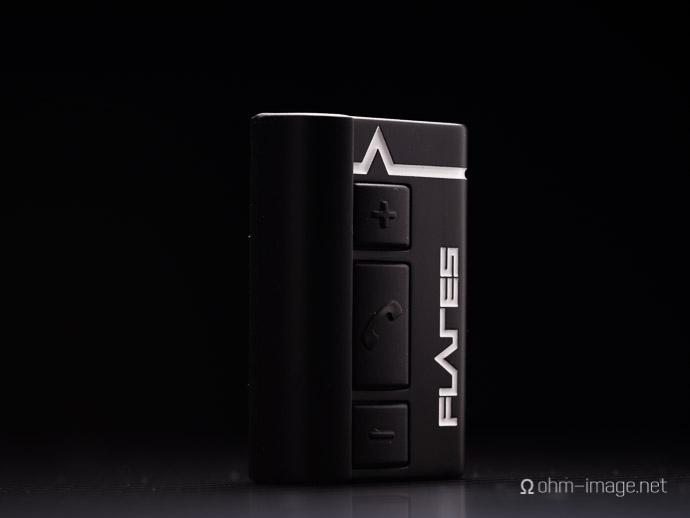
As mentioned before, this is a boon considering that the wireless (and balanced) DAC bundled with Flares Gold hisses when sensitive earphones are attached. Through Flares Pro and Flares Gold, it is dead silent. Long live ears indeed. I should also mention that the hiss that comes from it is even, and free of modulation. If something is going to hiss, it should hiss like this DAC. Of course, you’ll only hear that hiss with a re-wired Grado GR8e, not Flares Gold or Pro.
The differences between Flares Pro and Flares Gold are both profound and minimal. Gold shares the same basic sound signature. Neither is tizzy, though with certain silicon tips, the tick at around 10kHz sticks out. Neither earphone is sibilant, which is a blessing, and both extend well into the extremes.
In fact, unless I’m horribly mistaken, what I hear is pretty much a psychoacoustically neutral frequency response with some trip-up around 10kHz and neutral fall off from there on. Headfier and Headfonia commenter, Arysyn, obtained Flare Audio’s response graph for the Flares Pro. That graph along with his excellent review can be seen here. I’ve used various couplers, attempting to get a rough graphical estimate of what I’m hearing and each largely coincides with the Flare Audio graph. Each also demonstrates essential frequency response mirror image between Pro and Gold.
So how is it that the two earphones sound different?
My guess is that it comes down to the lays of their stereo landscapes. Flares Pro projects a wide stereo image for a small driver earphone. However, it eschews absolute width for tight transitions. Gold, on the other hand, pushes smooth gradations to its stereo image, which is both wider, and more detailed than Pro’s. Highs wrap both further forward and back from the shoulders, rendering fine fade gradations to cymbals and high hats, whose fade details are far more natural. In fact, if you’re into percussion, you’ll really get off to Gold’s edges. Highs are still forward and mids still run smoothly into them. But mids share a greater portion of the stereo image, pushed forward, and sweeter to the ear.
Bass stereo image has pushed wider, and farther forward, better approximating the sort of body impact you’d get from speakers. Of course, rather than impacting the body, it suffuses the entire ear canal. It has me seriously questioning the validity of the custom earphone. Like Flares Pro, bass is just north of neutral, but its resolution, speed, and stereo detail, are excellent. It’s about impact, fade, and stereo detail. It goes low enough to politely yawn the opening seconds of Markus Schulz’s Mainstage, which is my most-referenced sub-bass measure.
In trance, bass keeps pace, throbbing where necessary. It occupies a large z-axis space which positionally confines itself to the skull. It never duffs out, and seldom blooms. It is strong, and gently combines into the midrange, again, which pulls in most stereo force. I’m left wondering if Flares Gold’s bass lacked gradients if it would sound more forceful. As it is, it fades more naturally to the sides and into the z-axis than Flares Pro’s bass. If you felt that Flares Pro was too much of a good thing, Flares Gold is a better fit. This goes for highs as well.
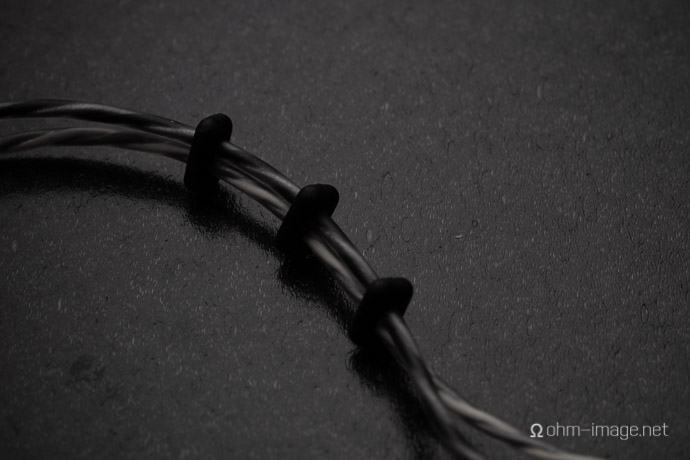
That leaves mids, which benefit from flatter pressure against the stereo gradients in the lows and highs. Like Pro’s mids, Gold’s are slightly wet, rich, and absent peaks and troughs. Both male and female vocals tautly score niches against surrounding instruments. Mids are the least stereo detailed of the bunch, and if you’re really keen, have the least instrument delineation. Without ever blurring, mid-range instruments rub shoulders and project a decent z-axis image.
This gives them a slightly warm feel. Low and high stereo gradients ensure that no extreme bites into their focus.
Paralles with Dita Audio’s The Answer (Truth and normal editions) are legion. However, stereo gradations and bloom favour Flares Gold by a notable margin. In the dynamic land, Gold is one of the best. In terms of smooth transitions, still nothing in the universal camp touches Andromeda, but if you are looking to shoot every hybrid target between Andromeda’s smooth transitions and The Answer’s open, textured mids, plus a bit of that close-space Grado GR8e midrange feel, Flares Gold is your magic bullet.
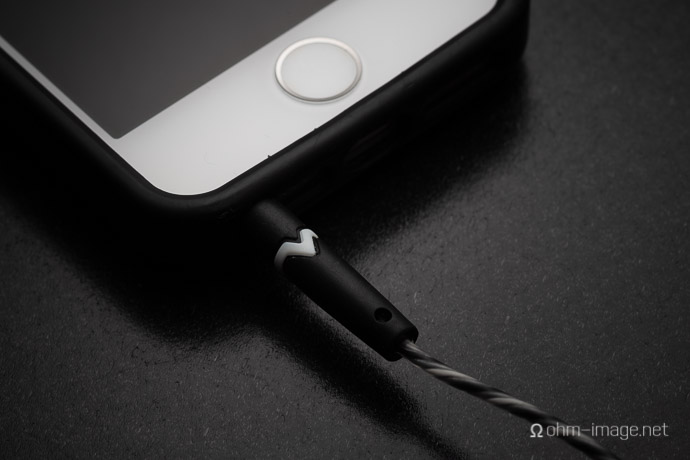
End words
Flares Pro cemented my love for wireless, and sounded really good. Its tradeoffs were few: a bit of scratchy treble here, inelegant fades in both the bass and treble; overall, however, it blew my brain. It still does. Flares Gold one-ups Flares Pro. Its natural stereo gradients are as natural as it gets and return an overall softer reactive frequency response that gels better with harsh live music and sounds great for trance, hip hop, rock, jazz, and more.
Its DAC is still top notch. Because Gold follows Pro’s suit, it reveals very little to no hiss from just about any source. It is the perfect companion for sources both good and bad. I can’t praise it – and Flare Audio’s penchant to refine – enough.
Well done.





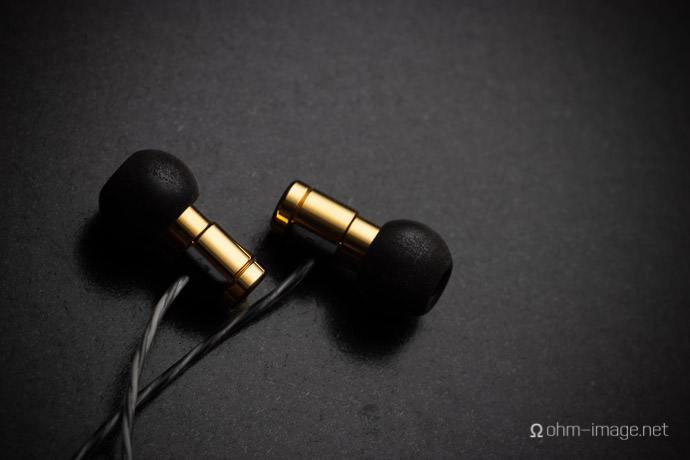
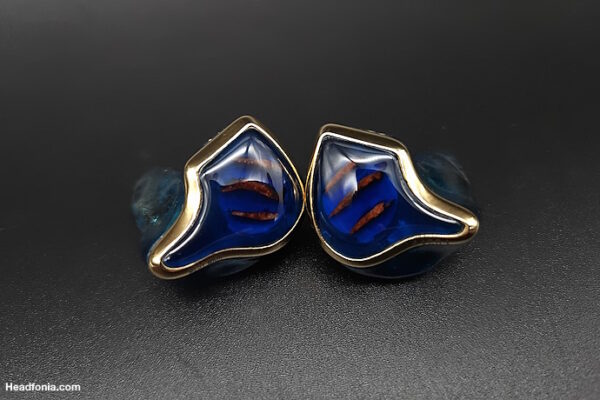
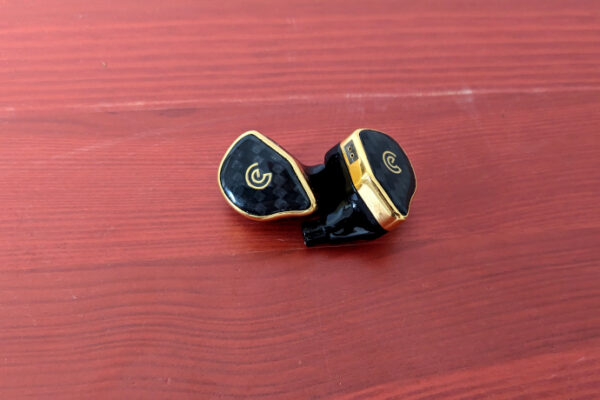
Arysyn
Very good review, Nathan – and thank you for the nice mentions towards my review on Head-Fi. The FlaresGold definitely is the most thoroughly used iem I have listened to, and the one I like the best. I highly recommend them for those who like the sound style it produces, which we’ve noted in our reviews to help potential buyers understand what it is, etc.
Note about the hiss though, I still don’t hear any on the FlaresGold, though I did on the FlaresPro – this was using the 3.5mm connection, not the Bluetooth. I did notice a harsher treble using the Bluetooth with the FlaresGold, along with my not being impressed overall with the BT module, so I’m keeping to using the headphone input through the Meridian Explorer2 dac.
However, the subject of hiss does greatly vary among people in the Head-Fi thread for the FlaresPro/FlaresGold, so those wanting to get updated opinions of it could view there : https://www.head-fi.org/threads/flarespro-flaresgold-by-flare-audio.856739/
Anyways, the FlaresGold remains a great choice for those seeking a dynamic driver iem that doesn’t portray a V-Shape sound signature. Its still my favorite aspect of the FlaresGold.
dale thorn
From Arysyn’s review: “…..that can happen with certain lower treble spikes, but for whatever reason, I seem to be unable to discern these in lower treble regions. Rather, I’m particularly sensitive to this in the upper treble range.”
That’s pretty similar to my experiences.
BTW, another track you really should try for deep bass is the Michael Tilson Thomas SFS “New World Jazz” with American in Paris etc. The deep bass at about 0:38 in is profoundly impressive, it’s acoustic (what instrument I don’t know), but it’s the most difficult to get right on all the stuff I’ve tested.
Lacas
Great review Nathan ????
Please review the new Pro 2HD. I am really curious what you think about it, primarily about the quantity and quality of subbass(based on what I have read about it until now) ???? Thx Lacas
mike miller
I love my lg v30 phone for great sound